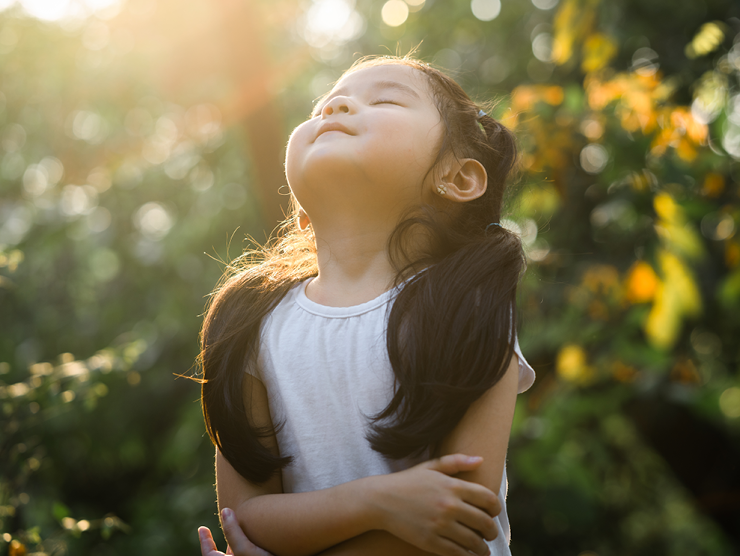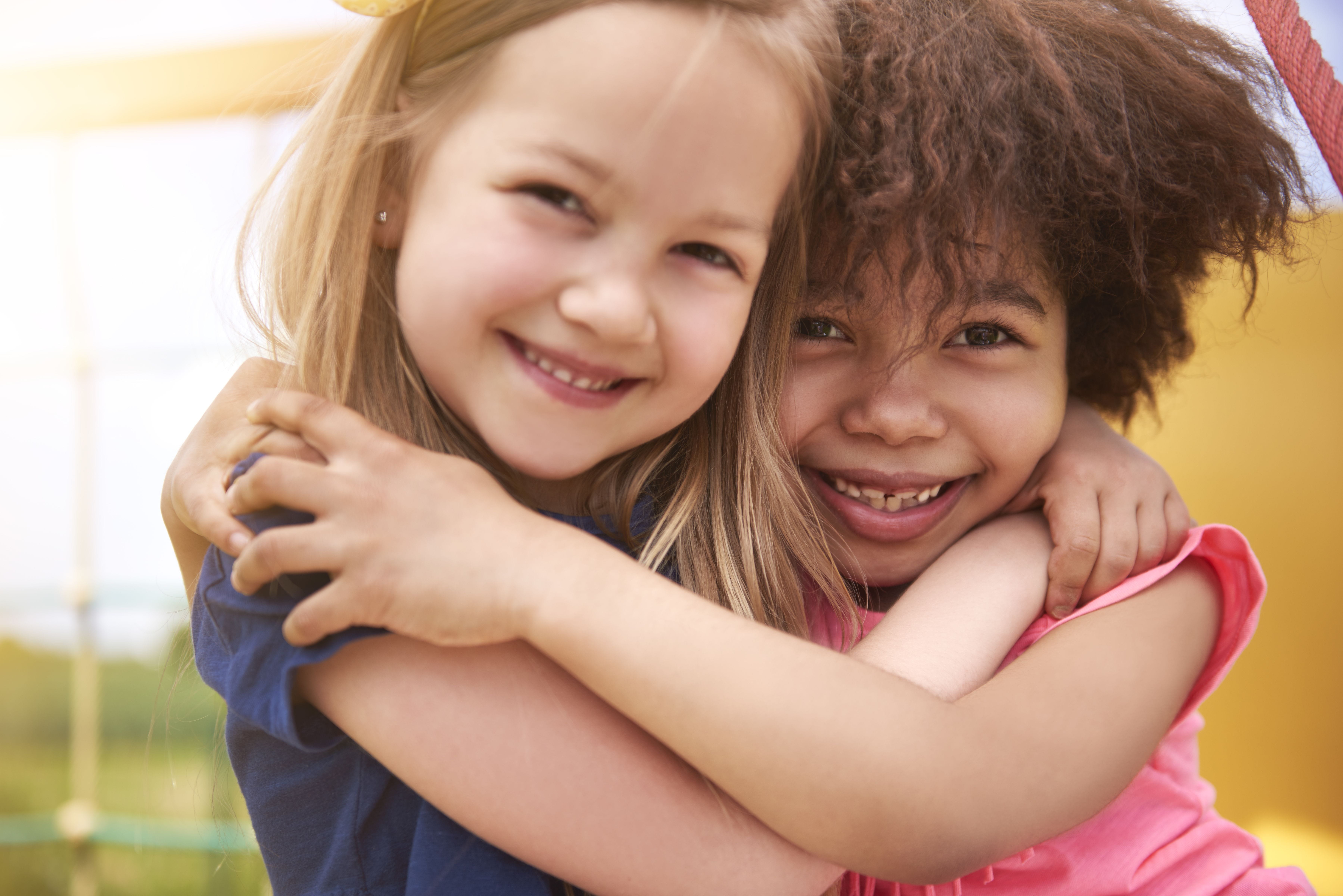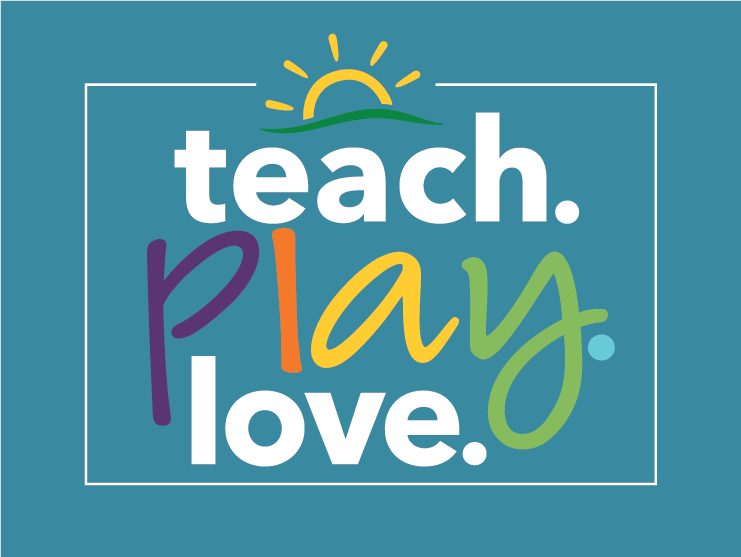“A daily mindfulness practice is to mental health what daily toothbrushing is to dental health.”
That’s what Dr. Laura Bakosh, Co-Founder & CEO of Inner Explorer, told Claire Goss, Senior Manager, Family & Client Support, in our recent webinar, The Science Behind Mindfulness and Learning.
Just as tooth brushing is crucial to maintaining and promoting dental health, a daily mindfulness practice can have a similar impact on a child’s mental health.
Here’s why Dr. Bakosh believes that a mindfulness practice can help your child.
The benefits of establishing a daily mindfulness practice with your children
The United States is in the middle of a mental health crisis, with high rates of mental health disorders, including anxiety and depression in children.
Dr. Bakosh explains that when stress is experienced, the lower brain is triggered, ready to help protect the body through fight/flight/freeze. Therefore, we know that a child who feels stressed has an active lower brain that has blocked learning from happening in the upper part of the brain, the prefrontal cortex — also known as the “thinking brain”.
Resilience is what helps people reconnect thinking from the lower brain to the upper brain. Dr. Bakosh simply defines resilience as the measure of time between when stress occurs and how long it takes a person to return to their prefrontal cortex.
Mindfulness upregulates the thinking brain, and as a result, this process counteracts the biological reaction to stress, downregulates the limbic system, and creates a lasting calm – beyond the moment of practice.
“Besides grades, test scores, better behavior, all the things we care about… there’s also really incredible improvements across all these other domains,” she adds. These areas include, but are not limited to, critical thinking, responsibility, gratitude, empathy, perseverance, decision making, and self-awareness.
Research indicates that a simple 5-minute audio-guided and evidence-based mindfulness program generates 60% improved behavior, 43% less stress, and 15% improved academics (GPA).
6 mindfulness tools parents can teach their children
Creating a mindfulness routine doesn’t have to be complicated.
Here are 6 simple techniques you can use to introduce mindfulness to your children:
- Starfish Breathing – take 5 breaths as your trace your hand, one finger at a time.
- Shark Fin – move your hand from head to heart to signal deep breaths and closed eyes.
- Gratitude Moments – spend a few minutes each day sharing what you’re grateful for – mornings are a great time to do this since it begins the day in a state of joy.
- Nature’s Symphony – close eyes and identify as many sounds as possible, from birds chirping to leaves rustling. If you live in an urban community, you can also focus on car beeps or other city sounds.
- Mindful Walk – pick a sense, like seeing, and notice how many different colors you see, or pay close attention to each step you take together.
For more information on the science behind mindfulness, listen to Claire and Dr. Bakosh’s full conversation here.




